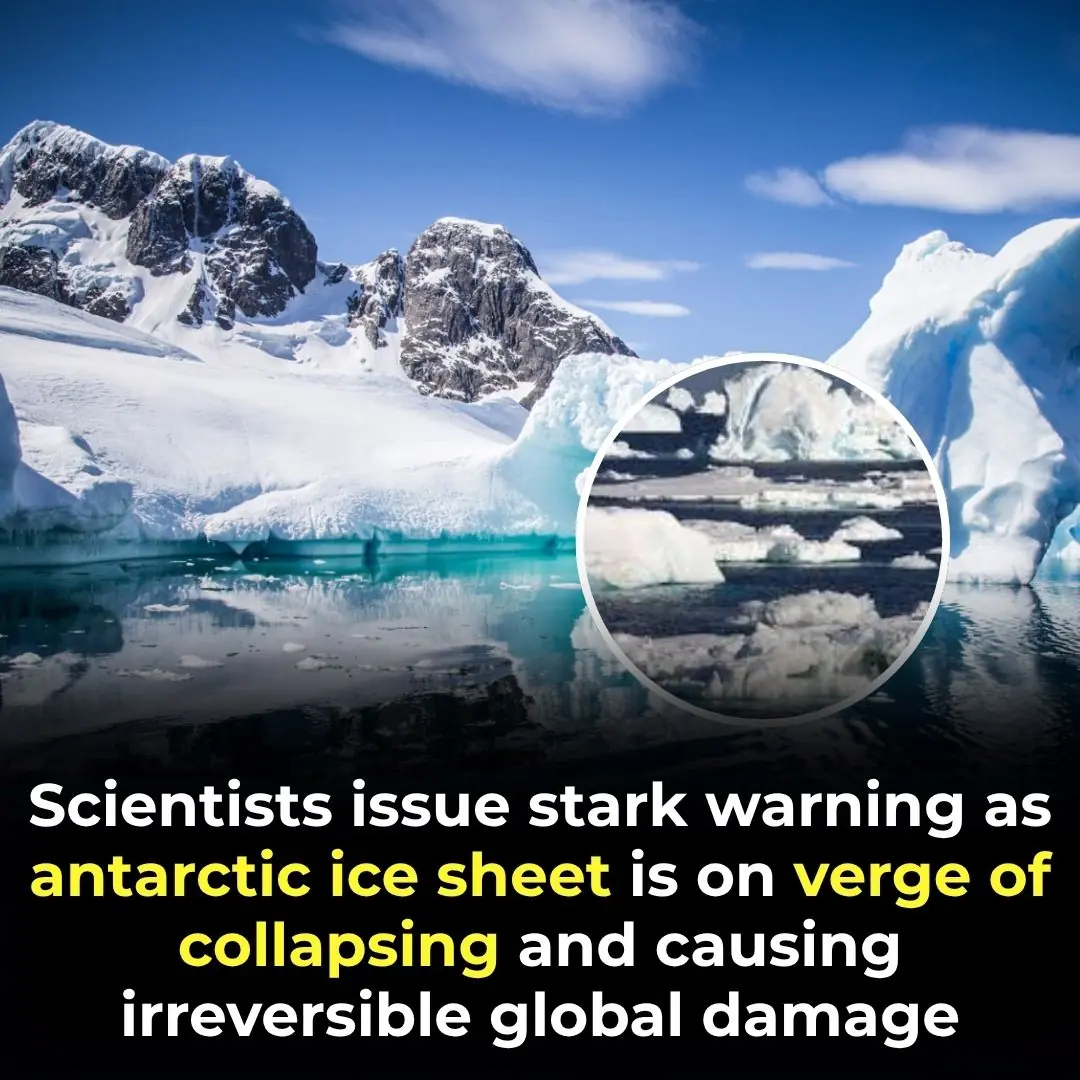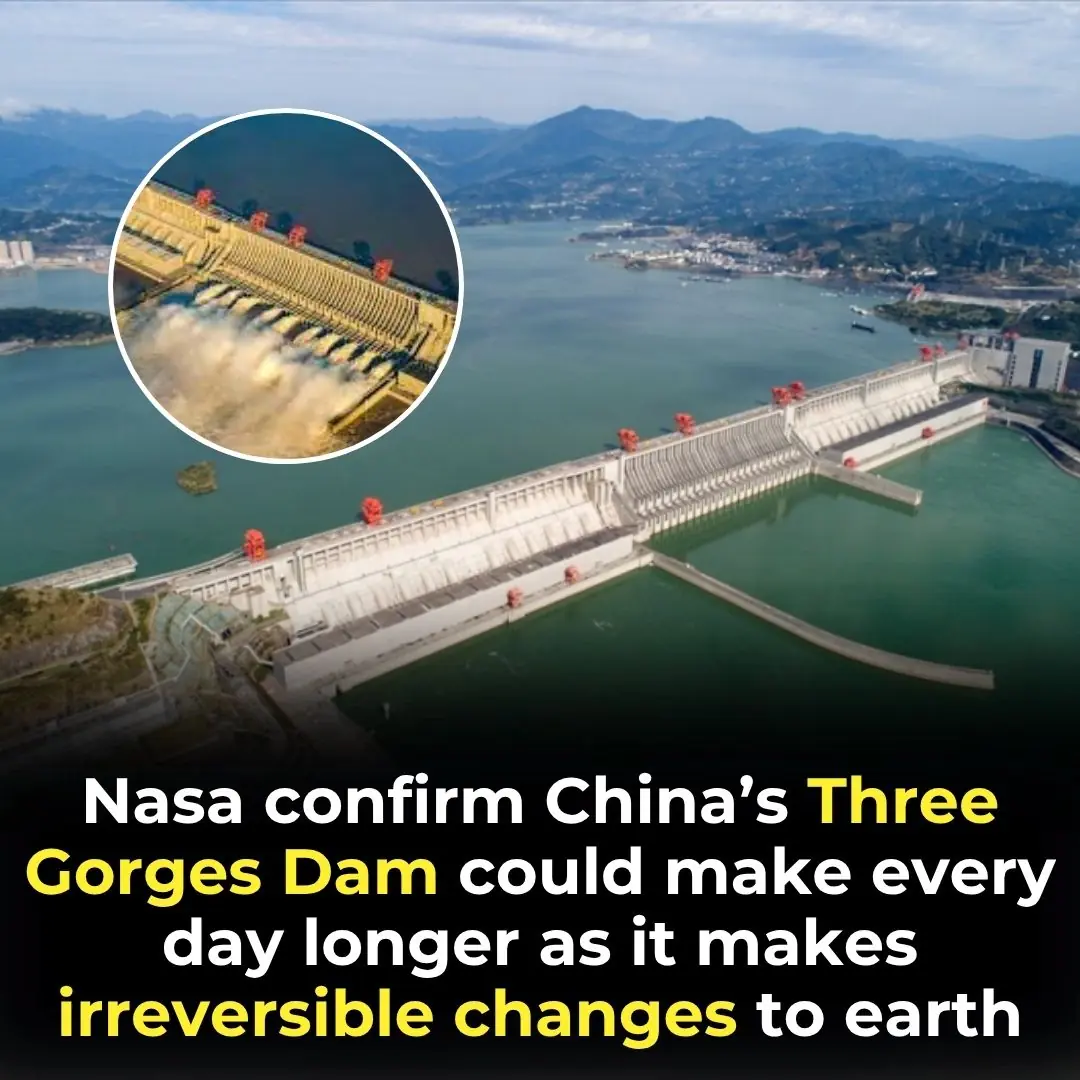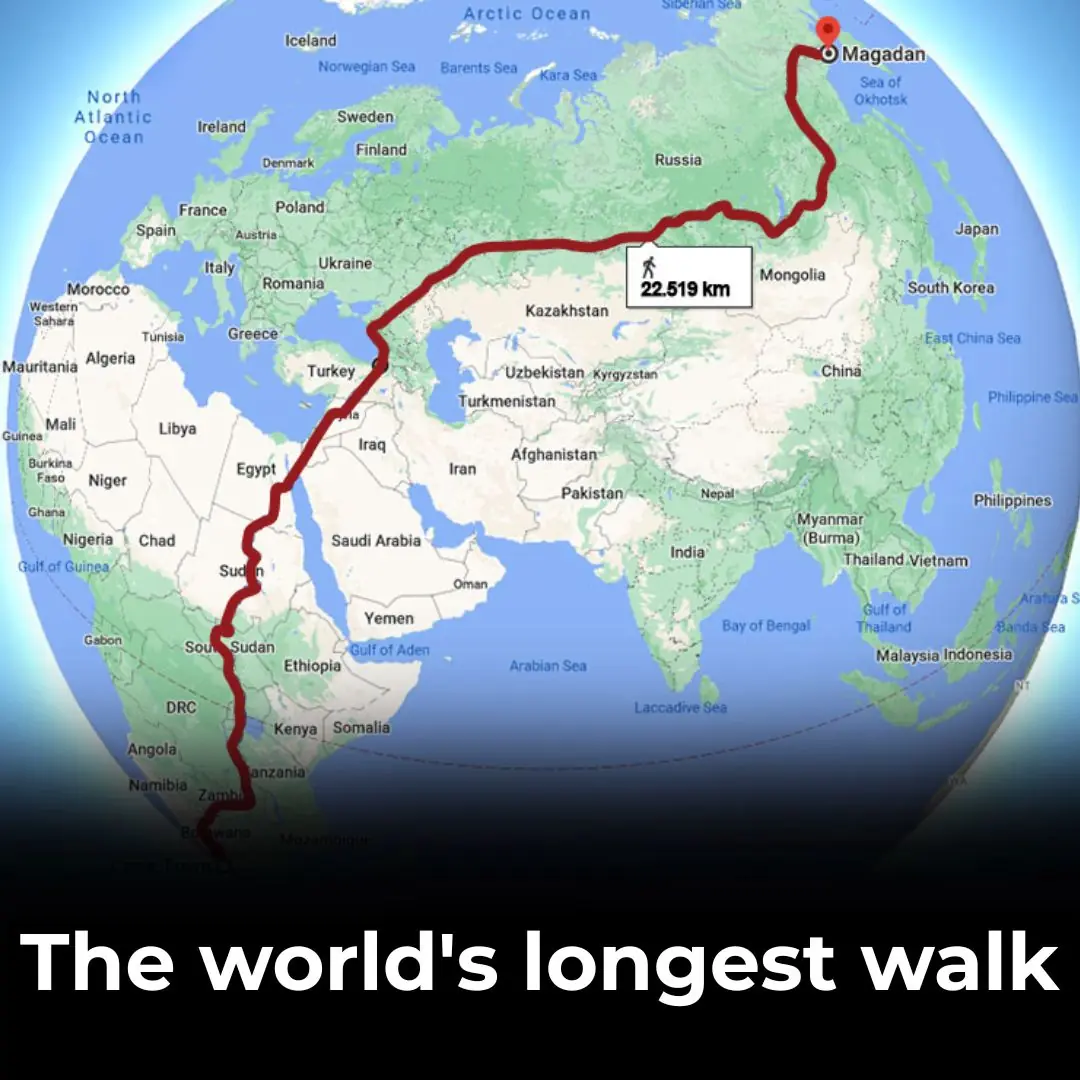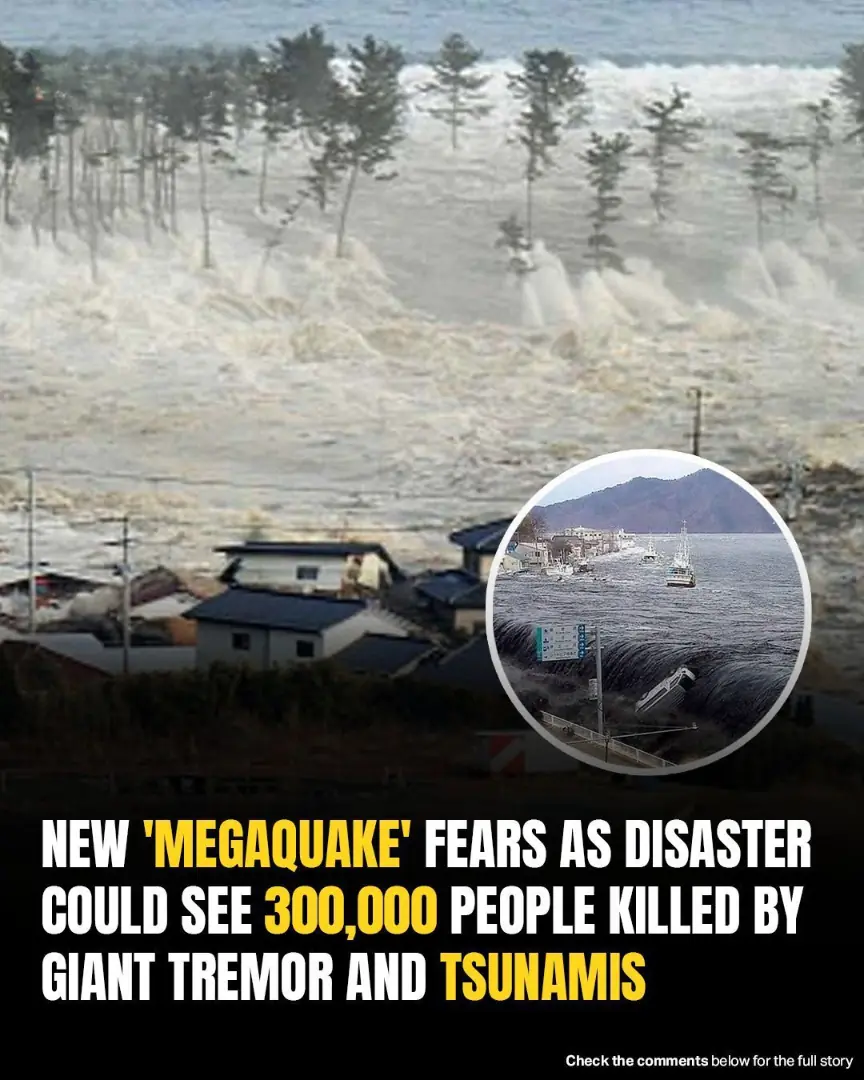Imagine tipping a glass of water just enough for a drop to spill—only to realize the entire glass is about to shatter. That’s the metaphor climate scientists are now using to describe what’s unfolding in Antarctica.
Beneath the frozen surface of the Antarctic Ice Sheet lies enough ice to raise global sea levels by nearly 60 meters. It has remained stable for millennia—until now. According to recent findings, a warming of just 0.25°C in deep ocean waters could trigger a chain reaction that leads to its irreversible collapse.
What happens when a continent-sized block of ice begins to fall apart? Will our cities, economies, and coastlines be ready for the aftermath? And crucially, have we already crossed the point of no return?
As scientists race to understand the complex feedback loops at play, one truth is emerging: the world’s coldest place may be the epicenter of our hottest crisis.
What It Is and Why It Matters
Covering an area nearly twice the size of Australia, the Antarctic Ice Sheet is the largest single mass of ice on Earth—and one of the planet’s most critical climate regulators. It holds about 90% of the world’s freshwater ice, enough to raise global sea levels by nearly 58 meters if it were to melt completely. But its role goes far beyond simply storing frozen water.
The ice sheet is divided into two main parts: the East Antarctic Ice Sheet, which is larger and more stable, and the West Antarctic Ice Sheet (WAIS), which is smaller but far more vulnerable. Much of the WAIS rests on bedrock below sea level, making it especially sensitive to changes in ocean temperatures. As ocean waters warm—particularly in the deep sea—the base of this ice sheet is exposed to erosion from below, creating a structural weakness that can lead to accelerated collapse.

But the Antarctic Ice Sheet isn’t just a passive victim of warming—it also actively shapes the global climate. Its bright, icy surface reflects sunlight back into space, helping to cool the planet. When that reflective surface diminishes, darker ocean water absorbs more heat, amplifying global warming in a dangerous feedback loop. This process, known as the albedo effect, is already at play in both polar regions.
Moreover, the ice sheet acts as a giant plug in the global water cycle. Its presence stabilizes ocean currents and affects weather patterns across continents. Melting even a fraction of this frozen giant could disrupt marine ecosystems, alter monsoon cycles, and contribute to more extreme climate events worldwide.
How Close Are We?

It doesn’t take a massive heatwave to destabilize Antarctica—scientists now warn that a deep ocean temperature increase of just 0.25°C could be enough to begin an irreversible collapse of the West Antarctic Ice Sheet. That number is uncomfortably close to current conditions.
At the heart of this unfolding crisis is a concept called a climate tipping point—a critical threshold beyond which changes become self-perpetuating. In the case of Antarctica, passing that point means that even if global temperatures were later brought back down, the melting would not simply reverse. This process, known as hysteresis, is what makes the Antarctic ice loss especially alarming. According to researchers at institutions including NORCE Research Centre and the Potsdam Institute for Climate Impact Research, restoring the ice sheet to its current stable state could take thousands of years of below pre-industrial temperatures—a virtually unachievable feat in our warming world.
Simulations of past glacial cycles—stretching back over 800,000 years—reveal that the Antarctic Ice Sheet flips between two states: one with the West Antarctic Ice Sheet intact, and one where it has collapsed. We are now witnessing the early signs of a transition back to the collapsed state. David Chandler, a climate scientist involved in this research, describes the shift as “practically irreversible” once set in motion.
Compounding this risk is the fact that the feedback mechanisms fueling the melt are already underway. As the surface of the ice lowers through melting, it becomes exposed to warmer air, accelerating the process. Warm ocean waters creep beneath glaciers, hollowing out the underside and breaking apart the buttressing ice shelves that hold the massive glaciers back. And as the ice sheet thins, it flows faster toward the ocean, speeding the loss even more.
Alarmingly, simulations suggest that after just 2°C of global warming—a threshold the world is currently on track to exceed—the West Antarctic Ice Sheet could become inherently unstable, resulting in a sea level rise of more than two meters. Further warming would push parts of East Antarctica to follow suit. At 6°C to 9°C of warming, researchers estimate that up to 70% of the Antarctic Ice Sheet could eventually melt, causing sea levels to rise by more than 40 meters over time.
Global Consequences of a Melting Antarctica
The collapse of Antarctica’s ice isn’t just a remote concern for polar scientists—it’s a global crisis with sweeping consequences for coastlines, weather systems, ecosystems, and the economy. And it’s already in motion.
1. Rising Seas, Displaced Lives
The most immediate and widely understood consequence is sea level rise. If the West Antarctic Ice Sheet collapses, it could eventually raise global sea levels by about 4 meters. That may unfold over centuries, but its early impacts are already being felt. Coastal cities like New York, Jakarta, Lagos, and Mumbai face increasing risks of flooding, saltwater intrusion, and infrastructure failure. For low-lying island nations such as the Maldives or Tuvalu, even a modest rise could render entire communities uninhabitable. Scientists stress that these aren’t distant projections—they’re slow-motion disasters unfolding in real time.
What’s more, sea level rise is uneven. Due to gravitational shifts and ocean circulation, some regions will experience higher sea levels than others. For example, while Greenland’s melt may reduce sea levels near eastern Canada, Antarctica’s collapse would dramatically raise them across parts of South America, Southeast Asia, and Australia’s coastlines.
2. Climate Feedbacks and Amplified Warming
The Antarctic Ice Sheet plays a vital role in reflecting solar radiation. As it shrinks, dark ocean waters take its place—absorbing rather than reflecting heat. This phenomenon amplifies global warming and accelerates ice loss elsewhere, including in Arctic and Greenland ice systems, contributing to a runaway feedback loop. According to recent estimates, the Arctic is warming four times faster than the global average, and Antarctica may not be far behind.
The melting ice also disrupts ocean currents, such as the Southern Ocean’s conveyor belts that regulate global temperatures and marine ecosystems. This disruption could trigger unpredictable shifts in weather patterns, increase the frequency of extreme storms, and alter monsoon systems that billions depend on for freshwater and agriculture.

3. From Carbon Sink to Carbon Source
Another silent but potent threat lies beneath the ice. Frozen soils and ice layers in polar regions act as carbon sinks, locking away vast amounts of carbon dioxide and methane. As they thaw, these gases are released, turning Antarctica into a net emitter of greenhouse gases. The Arctic tundra is already showing signs of this reversal, and scientists warn Antarctica could follow suit—undermining global efforts to reduce emissions.
4. Drought and Freshwater Disruption
Paradoxically, melting ice can also worsen droughts. Glaciers currently act as natural reservoirs, releasing freshwater during dry seasons. Once depleted, that seasonal “topping up” disappears. This change threatens water access for millions living downstream of glacial-fed rivers, especially in parts of South America and Asia.
The collapse of Antarctica’s ice is not a single disaster, but a series of interconnected crises—each one compounding the next. What melts in the polar south doesn’t stay there. It ripples outward, touching every continent, every economy, and every community.
The Business and Societal Wake-Up Call

For too long, the melting of polar ice has been viewed as a distant environmental concern. But as the Antarctic Ice Sheet nears a critical tipping point, the ripple effects are beginning to shake the foundations of global markets, infrastructure, and human livelihoods. The question is no longer if these changes will affect society—it’s how prepared we are to withstand them.
A Direct Threat to the Global Economy
Coastal flooding, intensified storms, and resource disruption are not just humanitarian crises—they are also economic liabilities. According to the World Economic Forum, unchecked climate hazards could reduce annual earnings for the average business by 7% by 2035 through damaged infrastructure, interrupted supply chains, and asset depreciation. For industries dependent on global logistics, agriculture, energy, or insurance, the collapse of Antarctic ice isn’t theoretical—it’s a bottom-line threat.
Infrastructure in the Crosshairs
Critical systems—from ports and airports to data centers and power grids—are often located near coastlines. Rising seas and increasingly volatile weather patterns put these lifelines at risk. Urban planners and governments now face the urgent challenge of climate-proofing cities and retrofitting aging infrastructure against risks that are accelerating faster than predicted.
Social Stability and Migration Pressures
As shorelines recede and freshwater sources dwindle, climate-induced displacement will intensify. Small island states and vulnerable coastal populations are already exploring migration pathways. This can strain neighboring countries and ignite tensions over housing, employment, and resources. The social dimension of Antarctic melt is deeply entwined with justice and equity, disproportionately affecting those who have contributed least to the climate crisis but will suffer its earliest consequences.
Opportunity in Adaptation and Leadership
Yet, within this warning lies a call to innovate. Melting ice is opening new shipping lanes and access to resources, including critical minerals for green technologies. But these opportunities come with immense ethical and environmental considerations. Business leaders must view them not as windfalls, but as responsibilities—to chart a sustainable path forward, not exploit a vulnerable system.
Forward-thinking companies are already shifting toward climate-resilient strategies: diversifying supply chains, investing in data-informed risk models, and collaborating on cross-sector solutions. Supporting science, improving infrastructure, and decarbonizing operations are no longer optional—they are essential to long-term competitiveness and stability.
As glaciologist Matthias Huss put it: “Glaciers are the ambassadors of climate change.” Their retreat is not just a signal of environmental distress—it’s a warning that demands a systemic, global response.
What Can Still Be Done

According to climate models, keeping global warming below 2°C relative to pre-industrial levels can significantly reduce the risk of large-scale ice sheet collapse. Yet the world is currently on track to overshoot that threshold before the end of the century. What happens in the next two decades could determine the trajectory for millennia.



























